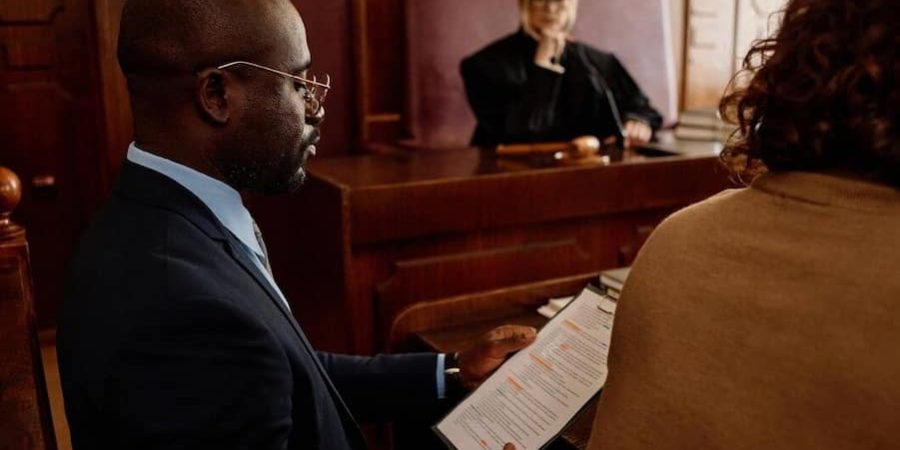The ongoing debate in Kenya surrounding high-profile criminal cases has highlighted our limited understanding of how criminal prosecutions are conducted. There’s no better opportunity than now for the general public to familiarize themselves with the process of criminal prosecution. This knowledge is crucial as it may assist complainants, suspects, and those associated with them in avoiding actions that could potentially lead to miscarriages of justice.
In Kenya, the stages of criminal prosecution typically follow these key steps:
Making or lodging of a complaint
This initial step occurs at a police station, where the complainant files a complaint, duly recorded in an occurrence book. The complainant will then receive a reference number which is useful for tracking purposes during the investigation.
Investigation:
The police or relevant law enforcement agency conducts an investigation into the alleged crime. This involves gathering evidence, interviewing witnesses, and collecting relevant information. Additionally, statements from the complainant and their relevant witnesses may be documented, potentially leading to the drafting of a charge.
Arrest:
If the investigation reveals sufficient evidence, the suspect may be arrested. The arrest must be conducted in accordance with the legal procedures, and the suspect’s rights must be respected.
Detention lasts up to 24 hours before the individual is brought before court. If arrested on a weekend or public holiday, appearance in court must occur by the following court day.
Police bond:
After arrest, the suspect may be released on police bond pending arraignment (with the exclusion of serious crimes like murder and robbery with violenc), upon execution of a bond with or without sureties for their appearance. Minor offenses may result in the issuance of a citation with instructions for a court appearance.
Charging:
After the arrest, the suspect is formally charged with the alleged crime. This entails having the particulars of the offense, the laws contravened and the parties involved being recorded on a charge sheet. The case is then handed over to state prosecutors for assessment of evidential sufficiency. This is typically done by presenting the evidence to the prosecution authority;the Office of the Director of Public Prosecutions (ODPP) in Kenya.
Arraignment and Plea taking
Initial appearances for all offenses occur in Court. The suspect is informed of charges and prompted to enter a plea of guilty or not guilty. Guilty pleas lead to immediate conviction and sentencing by a judicial officer while a plea of not guilty progresses the matter to trial.
Bail Hearing
After plea taking, the suspect may have a bail hearing to determine if they will be released from custody pending trial. Factors such as flight risk and the seriousness of the offense are considered in this hearing. Evidence from both prosecution and defense is presented for the court’s consideration. Granted bail entails cash payment pending subsequent court appearances; denial results in remand, with case mentions every two weeks, excluding offenses punishable by fine or short imprisonment.
Trial
There may be pre-trial hearings to address procedural matters, such as evidence disclosure and legal arguments. These hearings aim to streamline the trial process. Trials entail prosecution and defense presenting their cases before a judicial officer.
Prosecution case:
The prosecution starts with opening statements, followed by presenting legislation, evidence, and witnesses.
Defense Case:
The defense then presents its case, including relevant law, witnesses, and evidence, with opportunities for cross-examination. Both parties offer closing statements before the judicial officer deliberates and renders judgment with reasons.
Verdict:
After hearing all the evidence and arguments, the judicial officer delivers a verdict of guilty or not guilty. If the verdict is guilty, the court proceeds to sentencing. A guilty verdict leads to conviction and sentencing.
Sentencing
Following conviction, sentencing is determined by the judicial officer, referencing specific offense sentencing guidelines.
Mitigation
The defense may present mitigating circumstances to potentially reduce sentencing, such as first-time offenses, advanced age, or familial breadwinner status. Once the judge pronounces the sentence, the case concludes. Either party can appeal, limited to points of law rather than fac
Appeals and Reviews
Both the prosecution and the defense have the right to appeal the verdict or sentence if they believe there were errors in the trial process or if new evidence comes to light.







